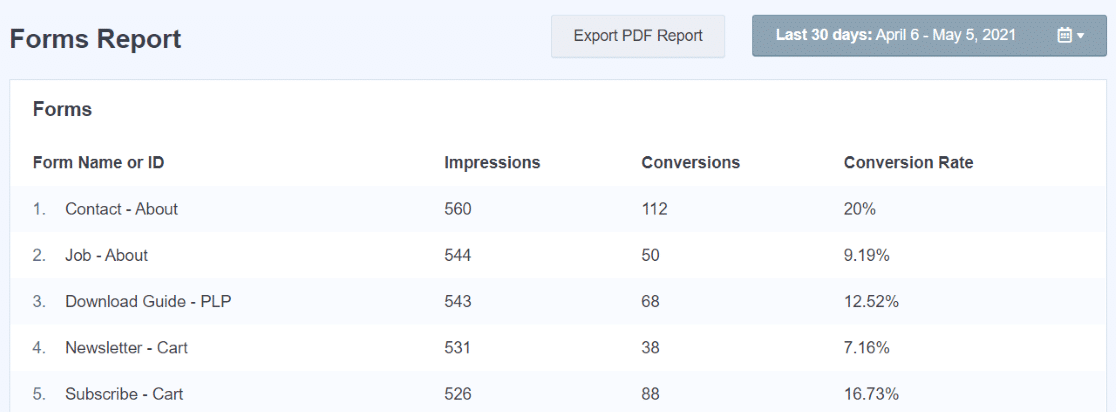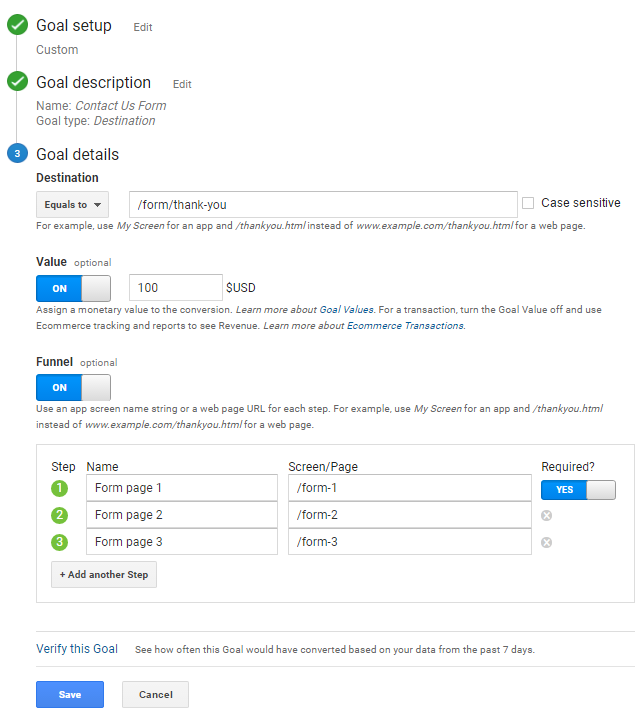Understanding What Data Is Google Analytics Goals Unable to Track
Understanding What Data Is Google Analytics Goals Unable to Track
Blog Article
Discover the Limitations of Google Analytics Goals: Unveiling the Data Kind That Remain Untrackable
As services significantly rely on data-driven decision-making, understanding the restrictions of devices like Google Analytics becomes paramount. While Google Analytics Goals deal important insights into individual communications, there exist information kinds that avoid monitoring, posing obstacles to a comprehensive understanding of customer actions.
Insufficient User Trip Tracking
Insufficient customer trip tracking within Google Analytics can impede the ability to precisely examine individual actions. When the customer journey is not fully tracked, there are gaps in the data that protect against a detailed understanding of how individuals communicate with a web site. This lack of insight can result in missed out on chances for optimization and enhancements to the individual experience.
One common concern with insufficient customer trip tracking is the failure to see the full path that customers take in the past completing an objective or leaving the website. Without this info, it is challenging to identify where individuals might be coming across barriers or rubbing points that avoid them from converting. Furthermore, incomplete tracking can cover the influence of particular marketing efforts or website adjustments on user habits.
To resolve this restriction, it is essential to establish up correct tracking devices within Google Analytics to catch the whole customer journey. This may include setting up event monitoring, objective funnels, or using tools like Google Tag Manager to make certain that no vital interactions go unrecorded. By getting an extensive view of the individual trip, internet site owners can make more enlightened choices to enhance customer involvement and drive conversions.
Attribution Difficulties
Navigating with attribution challenges in Google Analytics calls for a thorough understanding of just how various touchpoints add to the general conversion procedure. Attribution challenges develop from the complexity of contemporary consumer journeys, where customers communicate with numerous channels prior to transforming. Google Analytics supplies numerous acknowledgment models like very first touch, last touch, and straight, each offering a various perspective on just how credit score is assigned to touchpoints along the conversion course. These versions may not always properly reflect the real impact of each touchpoint on the conversion.
One typical acknowledgment difficulty is the problem in attributing conversions to the right source, especially in situations where individuals connect with several channels prior to transforming. Additionally, cross-device tracking presents one more attribution difficulty, as users often change in between gadgets throughout their journey, making it testing to track their communications effortlessly.
Offline Conversions
Provided the obstacles connected with attributing conversions properly in online networks, the measurement of offline conversions provides a substantial opportunity for marketers seeking an extra thorough understanding of their consumers' trip. Offline conversions describe actions that consumers absorb the physical world, such as making acquisitions in brick-and-mortar shops or over the phone, participating in occasions, or involving with published products - what data is google analytics goals unable to track. These conversions are critical for organizations that learn this here now operate both online and offline, as they give valuable understandings into the performance of advertising and marketing projects throughout various touchpoints
Tracking offline conversions traditionally positioned a considerable challenge for online marketers, as it was challenging to attach these actions back to certain on-line interactions properly. With improvements in modern technology, such as the combination of CRM systems, one-of-a-kind identifiers, and discount coupon codes, services can currently bridge the gap between online and offline information to acquire an extra all natural sight of client behavior. By efficiently measuring offline conversions, marketing professionals can optimize their methods, designate resources much more effectively, and ultimately boost the general consumer experience.
Cross-Device Monitoring
Cross-device monitoring plays an essential duty in comprehending the interconnected nature of consumers' electronic communications across several gadgets. In today's omnichannel world, where customers effortlessly switch over between desktops, smart devices, and tablets, tracking their actions throughout these tools is necessary for online marketers to acquire a thorough sight of their consumer journey.

Furthermore, privacy problems and laws such as GDPR and CCPA have better complicated cross-device monitoring. With individuals requiring more control over their information and enhanced limitations on tracking innovations, marketers have to locate privacy-compliant and cutting-edge ways to link user communications across gadgets.
Dynamic Web Content Involvement
Comprehending go to this web-site individual engagement with vibrant content is pivotal in maximizing digital marketing techniques for improved audience communication. Dynamic content refers to web site aspects that alter based on individual behavior, choices, or other factors, offering a tailored experience. Nevertheless, tracking individual interactions with dynamic web content presents challenges for typical analytics devices like Google Analytics.
While Google Analytics can track fundamental interactions like clicks and web page views, it might have a hard time to record even more nuanced engagements within vibrant material. what data is google analytics goals unable to track. Metrics such as time spent on specific vibrant elements, float activities, or interactions within pop-ups are usually not quickly measurable making use of basic monitoring techniques. This constraint impedes online marketers' capacity to fully grasp just how individuals are engaging with dynamic web content and tailor their approaches as necessary

Final Thought
In verdict, Google Analytics objectives have constraints in tracking incomplete user journeys, attributing conversions accurately, catching offline conversions, tracking cross-device interactions, and measuring dynamic content engagement. These constraints highlight the importance of checking out extra monitoring techniques and devices to get an extra thorough understanding of user behavior and conversions beyond what Google Analytics can provide.
While Google Analytics Goals offer useful understandings right into individual communications, there exist information types that elude monitoring, posturing obstacles to a comprehensive understanding of user behavior.Incomplete customer trip tracking within Google discover this info here Analytics can hinder the ability to properly evaluate individual actions. When the individual trip is not totally tracked, there are gaps in the information that prevent an extensive understanding of how individuals engage with a site.One usual problem with insufficient individual trip tracking is the failure to see the complete path that customers take previously finishing a goal or leaving the site. By obtaining a detailed sight of the individual trip, site proprietors can make more informed decisions to improve individual interaction and drive conversions.
Report this page